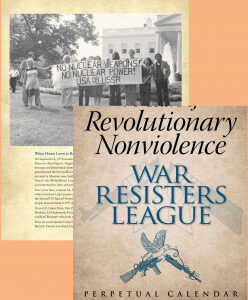The Cruel Boredom of Pornography
There is a finite number of ways that human bodies can be placed together sexually, and as one pornography industry veteran lamented to me at the annual trade show, “they’ve all been shot.” He sighed, pondering the challenge of creating a sexually explicit film that is unique, and mused, “After all, how many dicks can you stick in a girl at one time?”
His question was offered rhetorically, but I asked: How many?
He answered, “Four.” But whatever the number, the discussion reminds us that pornography is relentlessly intense, pushing our sexual boundaries both physically and psychically. This is especially apparent in the style of pornography called “gonzo.” Lexington Steele, one of the most successful contemporary pornography performers and producers, put it bluntly: “A lot of gonzo is becoming circus acts.”
“Gonzo” is the pornographic genre that rejects plot, character, or dialogue, offering straightforward explicit sex. Gonzo films are distinguished from “features,” which to some degree mimic the structure of a traditional Hollywood film. According to the top trade magazine: “Gonzo, non-feature fare is the overwhelmingly dominant porn genre since it’s less expensive to produce than plot-oriented features, but just as importantly, is the fare of choice for the solo stroking consumer who merely wants to cut to the chase, get off on the good stuff, then, if they really wanna catch some acting, plot and dialog, pop in the latest Netflix disc.”
In that description is considerable insight into why pornography 1) has always been boring and 2) will continue to become more brutal.
Because the novelty of seeing sex on the screen eventually wears off, pornographers who want to expand (or even just maintain) market share and profit need to give their products an emotional edge of some kind.
But pornography doesn’t draw on the emotions most commonly connected with sex—love and affection—because men typically consume pornography specifically to avoid love and affection. So, the pornographers offer men material saturated with cruelty toward women; they sexualize the degradation of women. While most of us would agree those are negative emotions, they are powerful emotions. And in a patriarchal society in which men are conditioned to see themselves as dominant over women, such cruelty and degradation fit easily into men’s notions about sex and gender.
FRIGHTENING PATTERNS
These are general observations, an attempt to identify patterns in pornography. But the world is, of course, complex. There is considerable individual variation in the human species; not all men watch pornography for the same reason or have the same experience, and not all films are the same. But there is a pattern to men’s consumption of pornography and the industry’s strategy to keep men consuming: Heterosexual men tend to consume pornography to achieve sexual satisfaction without the complications of dealing with a real woman. Pornographers deliver graphic sexually explicit material that does the job, but to do so they must continuously increase the cruelty and degradation to maintain profits.
Gonzo producers test the limits with new practices that eroticize men’s domination of women. Less intense forms of those sexual practices migrate into the tamer feature pornography, and from there in muted form into mainstream pop culture. Pornography gets more openly misogynist, and pop culture becomes more pornographic. Many Hollywood movies and cable TV shows today look much like soft-core pornography of a few decades ago, and the common objectification of women in advertising has become more overtly sexualized.
Where will all this lead? How far will pornographers go to ensure their profits, especially as the proliferation of free pornography on the internet adds a new competition? How much eroticized misogyny will the culture be willing to tolerate?
When I ask that question of pornography producers, most say they don’t know. An industry leader such as Lexington Steele acknowledged he has no crystal ball: “Gonzo really always pushes the envelope. The thing about it is, there’s only but so many holes, only but so many different types of penetration that can be executed upon a woman.”
What’s next? I can’t claim to know. But after 20 years of researching the pornography industry as a scholar and critiquing it as part of the feminist anti-pornography movement, I know that we should be afraid that there may be no limit on men’s cruelty toward women. In a patriarchal society driven by the predatory values of capitalism, we should be very afraid.
A longer version of this article appeared in Last Exit.

 WRL Perpetual Calendar
WRL Perpetual Calendar